Supporting climate care through AI and design
Process is a Vienna-based design studio specializing in generative and interactive design and working in the fields of branding, web, installation and print. As well as traditional graphic design solutions, Process designs and develops highly specialized software that is used as tools for and by clients.
In their latest project, Tokens for Climate Care, which will be shown at the London Design Biennale 2021, they are exploring the potential of design and machine learning for a greater good. Tokens for Climate Care was also awarded the Culture & Technology prize as part of the Vienna Business Agency’s Content Vienna competition.
We have talked to founders Moritz Resl and Martin Grödl about their work and approaches.
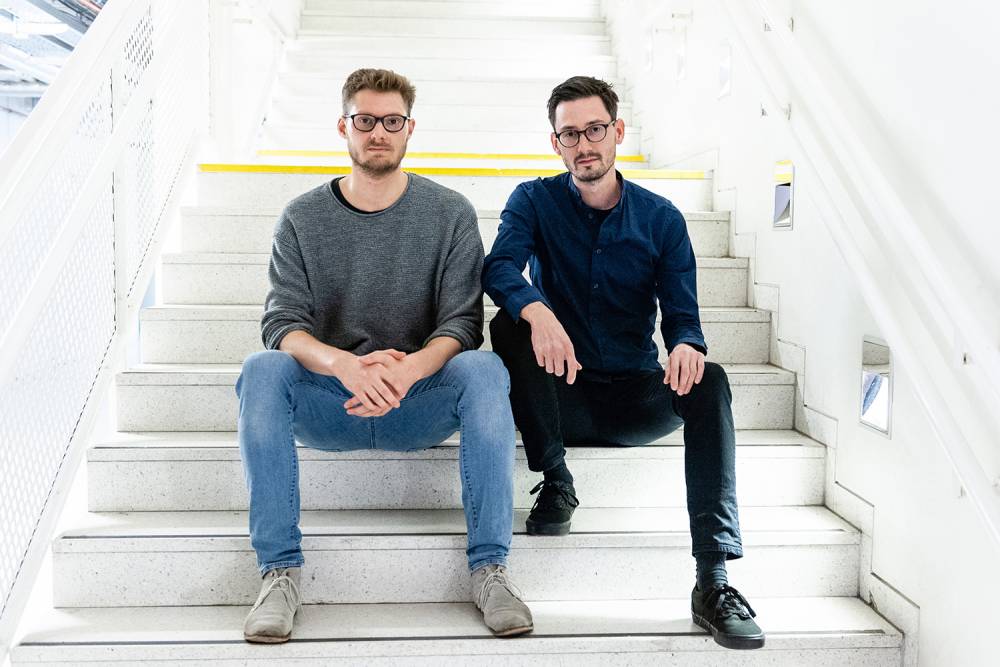
You are graphic designers as well as technologists with a focus on generative design. How did you two meet and decide to start a studio together?
Martin and I first met during an excursion to ZKM Karlsruhe while studying Computer Science at Vienna University of Technology. After graduating we both went on to study Media Art at University of Applied Arts Vienna where we worked together on our diploma project. Right after university, several internships and other jobs, we were looking for work, but couldn’t find studios doing the work we were interested in — so we decided to start our own practice that merges our strong interests for art, design and technology.
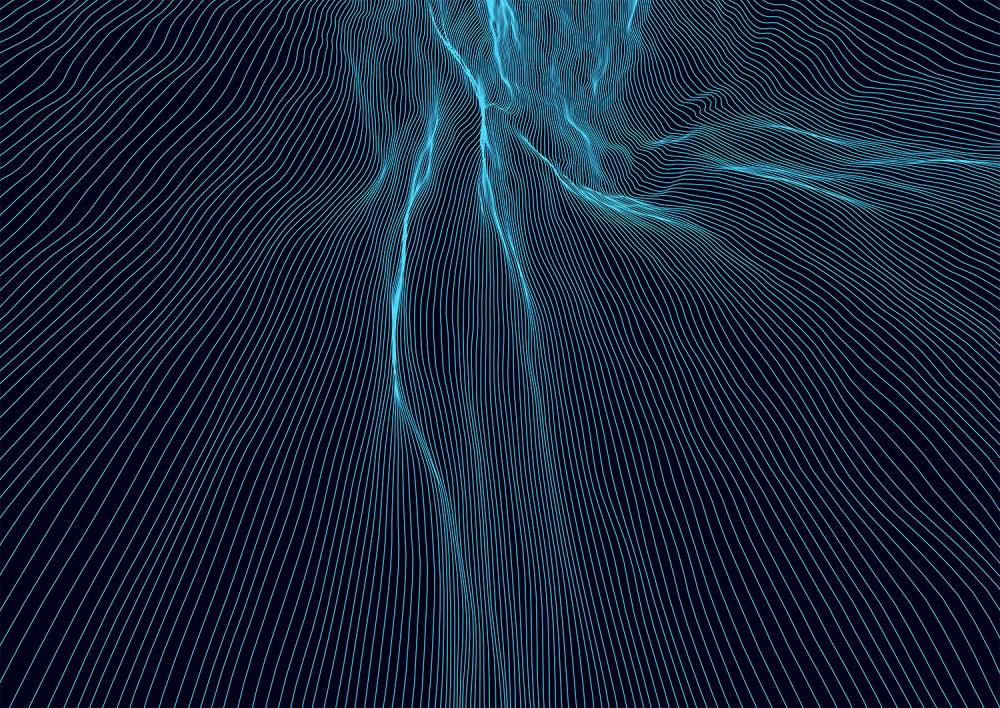
How does your technological background influence your design work?
When we’re working on a project, sooner or later, we end up using the computer as an additional tool for giving form to our ideas. With a background in computer science and having some understanding of how a computer works makes it easier to tell it what to do (i.e.: create your own tools/software). That enables us to design more freely while not being limited to already existing software.
When approaching a new project, we try to focus on what it is that we want to do. Only after that we look for ways to achieve that. If there is no tool that already does what we have in mind, we can create our own. We’re driven by ideas rather than tools.
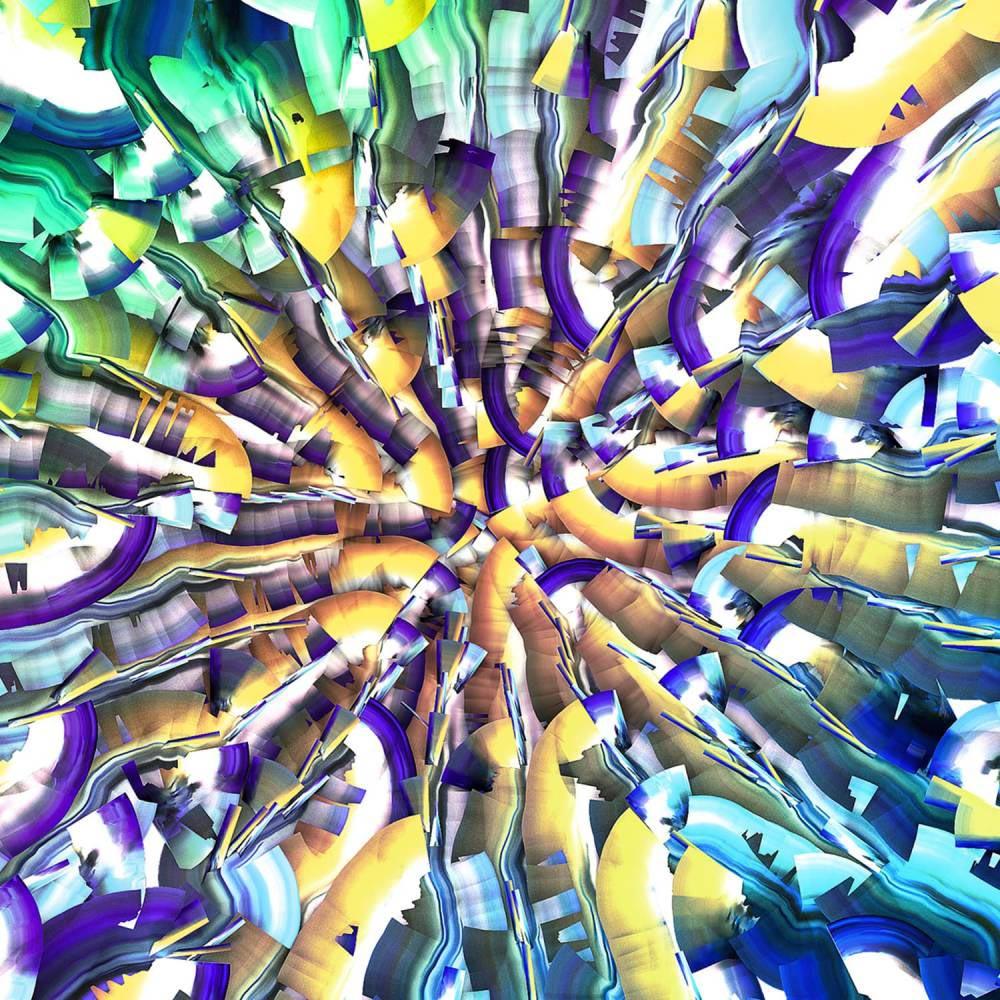
In the past few years, you have been working for clients from the cultural sector, such as the MAK – Museum of Applied Arts or the Festspielhaus St. Poelten. How do you think can these institutions, which are traditionally operating more in the analogue realm, benefit from digital tools?
Generative tools allow for much faster iterations when it comes to creating imagery – static or moving. In most cases our work is media independent, that means our graphical systems (we sometimes call them visual instruments) have the inherent quality to create animations, static images or even interactive elements including large-scale installations based on big amounts of data and user input. Most times they are web-based too, running in the browser, which makes it super easy to share and access from anywhere.
When the client has access to the tool, they can create all kinds of media by themselves, just like using any other software. With the big difference that the tool was specifically custom-tailored to their own project and content.
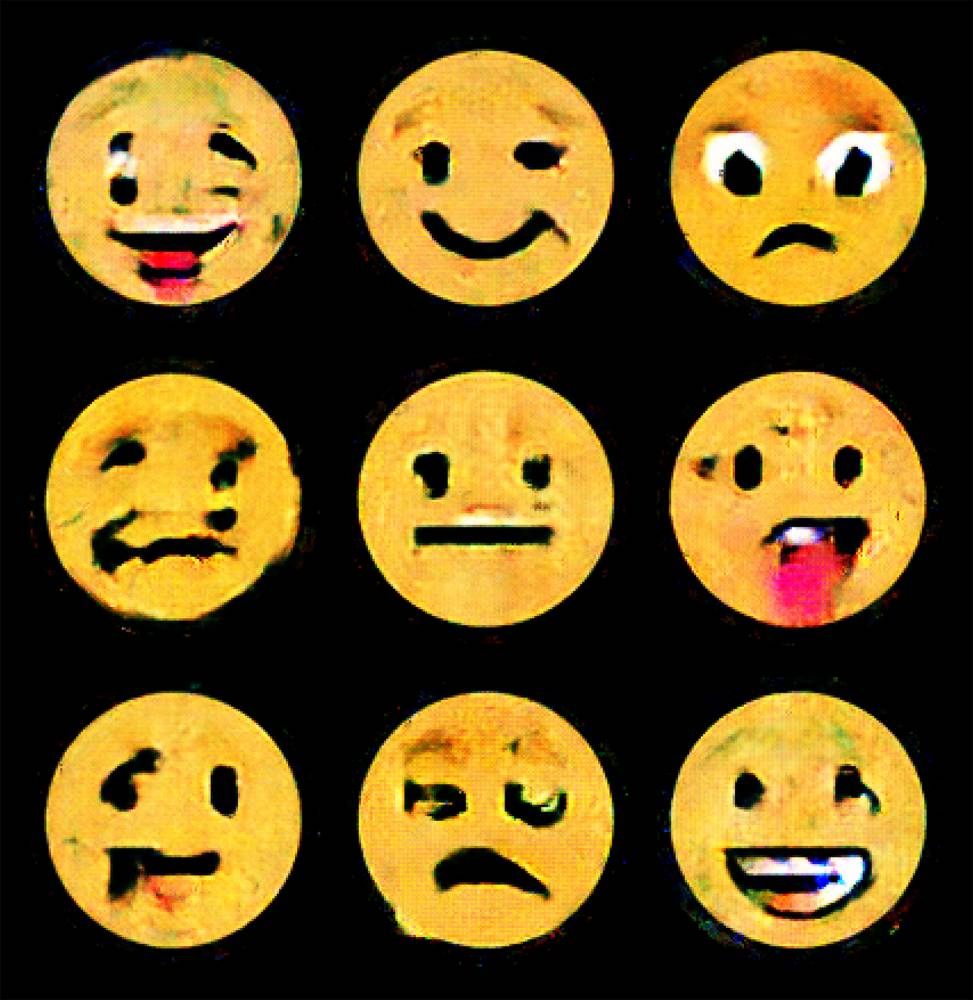
Do you think the Corona-pandemic has changed the general acceptance of digital forms of presentation in this sector?
From what I can tell, there’s a steady increase regarding the usage of digital tools in the cultural sector: for design tools – where our work fits in – but also for project management tools. In general this sector tends to be rather open to new and more experimental approaches.
Also, when the museums and theatres were closed during lockdown, digital forms of representation like exhibition websites, digital experiences or other ways of experiencing performances were crucial as they were the only possibility to access the content. These ‘alternate’ forms might be considered even more important moving forward.
On a general note, the situation hopefully leads to more flexibility, fewer useless business trips and more competence regarding handling the computer.
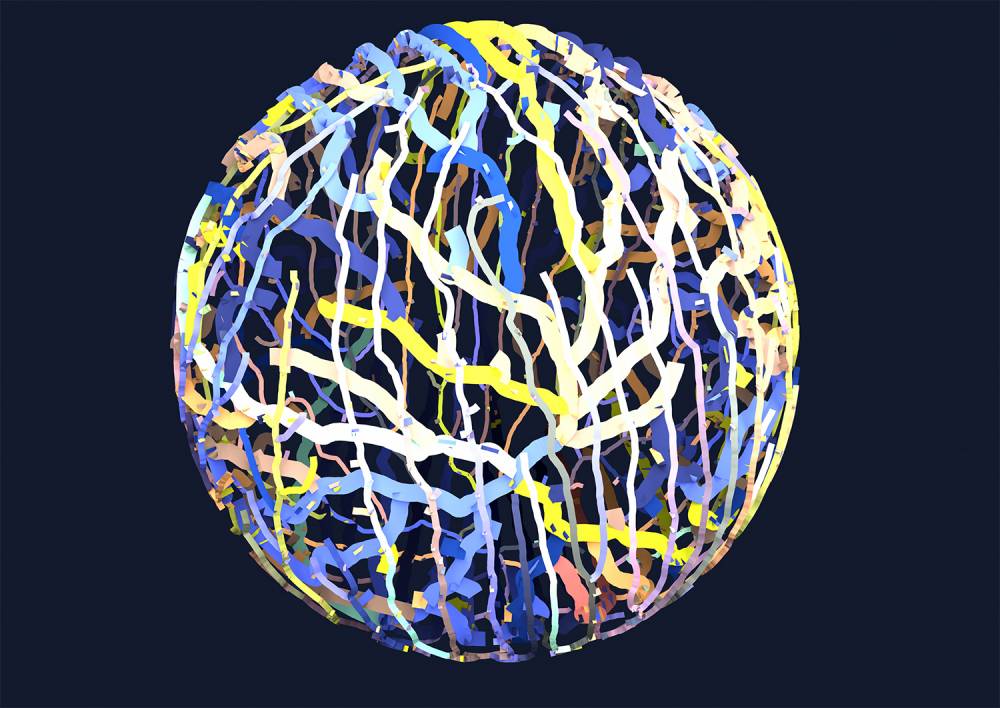
What is your advice for interactive designers working at the intersection of culture and technology?
I don’t really see myself in the position to give advice, but my recommendation wouldn’t be so different from working in any other realms: find work that interests you. Try out different tools/environments/projects to see what aligns best with you and dig deeper to improve your skills. Don’t get overwhelmed by the possibilities when you get started and don’t think about the result too much.
Also, it’s always good to reach out to people whose work you admire. Connect with the community, learn and stay open-minded.
Have you encountered challenges when proposing cutting-edge ideas to your clients?
Usually our projects start with a longer conversation with the client explaining what it is that we’re doing and how the client can benefit from it. Generative or interactive design usually is rather new to most people. Creating a custom tool comes with many benefits but also some downsides. Therefore, we try to involve our clients in the process of creating as much as possible. That usually leads to a better understanding and better results.
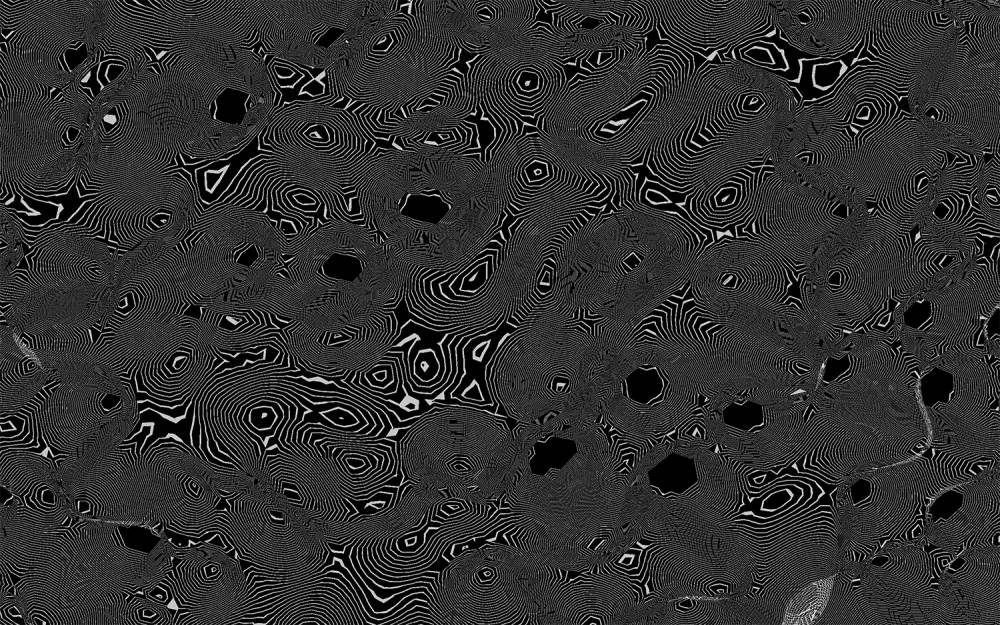
With your project Tokens for Climate Care, you are applying machine learning for a greater good. Please tell us more about it! How does it work?
In the last few years Artificial Intelligence and especially Machine Learning have become huge buzzwords. The world’s major technology companies are employing a large majority of AI researchers to create prediction products based on mountains of behavioral data they are harvesting from their users.
We believe no technology is ever inherently good or bad – but is only determined by its use. As such we want to explore the potential of machine learning for ‘doing good’ and at the same time open up the black box of AI a bit, demystify and educate.
As has been recently made clear by an unprecedented global movement, Climate Change is an existential threat for all of mankind. It is not a singular issue. To overcome it will require massive economic, ecologic and social changes.
Being graphic designers as well as technologists we recognize that many grassroots movements have a branding problem. In contrast to global corporations and brands they can not afford to hire professional agencies to create a strong visual appearance for them, yet they have to compete for attention of the public on the same media platforms.
Tokens for Climate Care focuses on the current and essential human task of climate care through the transformative power of design and the tools of artificial intelligence. New signs and signifiers must be developed together with our technologies to enable humanity’s evolving into a climate conscious species.
Tokens for Climate Care is a project using AI-based technology to generate new and original graphical symbols based on a database of logos, symbols and glyphs. The output samples will be accessible worldwide and may be used freely by and for initiatives for climate care.
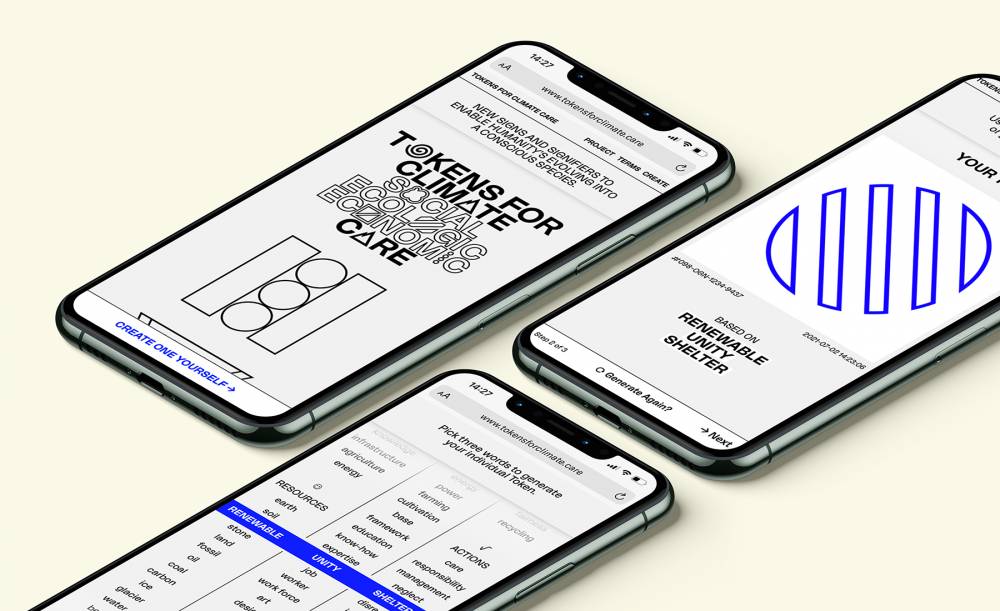
By providing AI-generated logos and brandings free of charge, one could say you are contributing to making designers obsolete. How do you think machine learning will change the graphic design profession?
It is important to understand that there are human beings behind the computer telling it what to do and how to do it. Only certain tasks might be executed by machines. For example trying out numerous possibilities. The people designing the algorithm and therefore setting the bounds for the results won’t ever be obsolete. In that sense there might be a shift in graphic design where designers of the future are more potent in programming and thus allowing them to adapt their tools and results more freely.

You are also selling fine art prints of your designs. How do you choose these designs?
Yes, we’re very happy to just have launched Process Gallery a few days ago! It is our online shop for fine art prints of our work. Most artworks have a strong connection to our studio’s project-based work. We often develop generative tools which we continue to use and freely produce images.
We tried to pick a diverse selection from our work and will be adding more in the future.
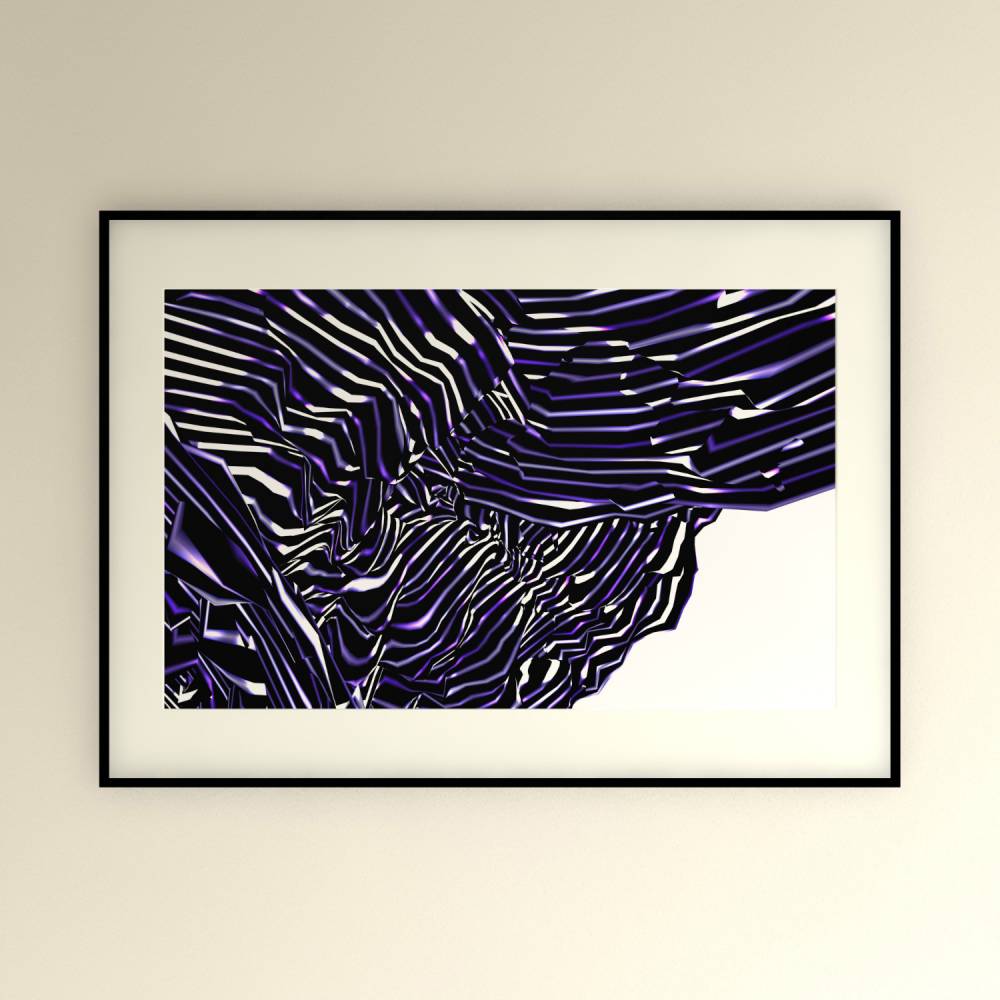
Do you always agree when it comes to making decisions? If not, how do you deal with it?
Most of the time we’re heading in the same direction, due to our common interests and vision. If not, there usually are (extensive) discussions of the matter to find a solution that works for both. We’ve always found a way.
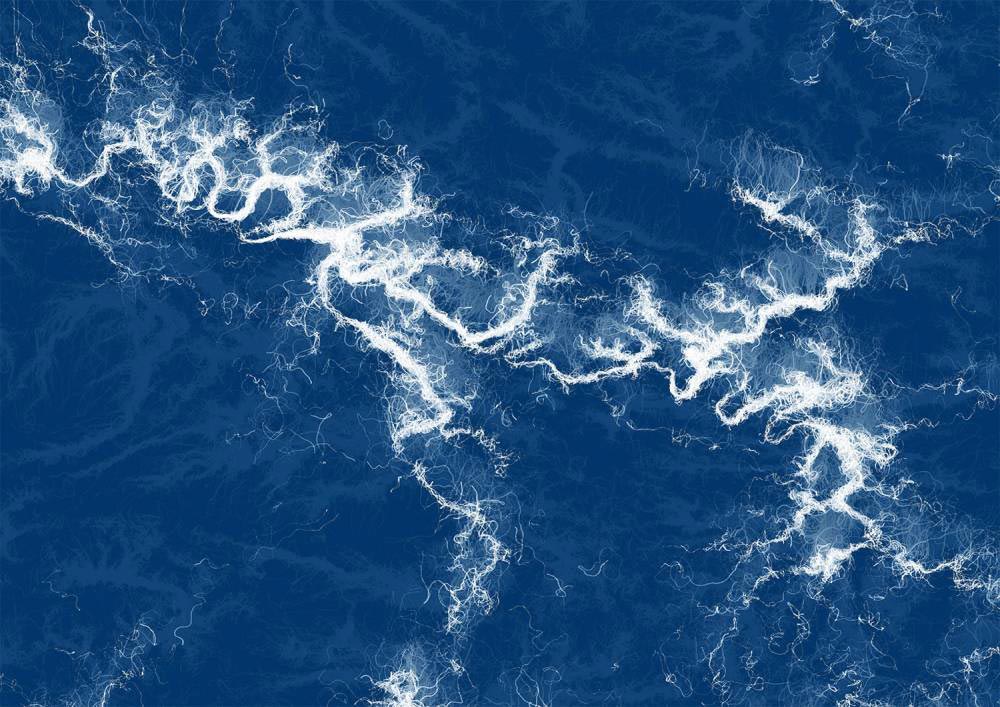
Martin Grödl and Moritz Resl founded Process – Studio for Art and Design in 2015 and have since worked for a wide range of national and international clients including Massachusetts Institute of Technology, Sagmeister & Walsh, The Prodigy and Wienerberger. Their work is included in MAK — Museum of Applied Arts’ Design Collection and has been part of exhibitions at Design Museum Holon and Triennale di Milano. Process is currently designing the Austrian contribution at 2021 London Design Biennale.
Find more info about Process here:
Web: www.process.studio
Shop: www.process.gallery
Instagram: @process.studio
Twitter: @studioprocess
With Content Vienna, the Vienna Business Agency has been awarding the best projects by Vienna creative professionals from the fields of digital design, games, XR, animation and more since 2009. Learn more about this year’s winners.